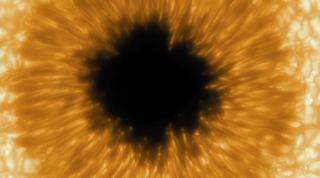
El investigador del IAC Miquel Serra-Ricart coordinará la expedición que observará el fenómeno de las auroras boreales desde el sur de Groenlandia e Islandia del 19 al 29 de agosto
Advertised on
This section includes scientific and technological news from the IAC and its Observatories, as well as press releases on scientific and technological results, astronomical events, educational projects, outreach activities and institutional events.





